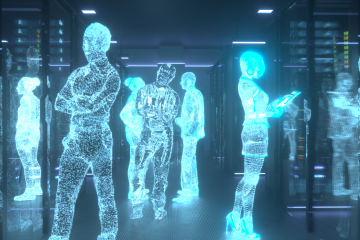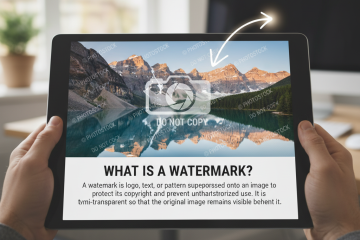
The Five Most Key Takeaways from This Blog Post
- Google Vids is the tech giant’s coming-soon (as of this blog’s writing) gen-A.I. video-creator.
- It has a specific B2B slant to it, as the Google Workspace page for Google Vids says that it is meant to create videos “for work”.
- Videos can be up to 10 minutes long, which can mean businesses can create more than just short marketing material. Think of uses like product-use tutorials or walkthroughs of the terms and conditions of a service.
- Users do not need any particular video-production experience or expertise to enjoy the services of Google Vids. In other words, it will be like other popular gen-A.I. platforms that take simple prompts to make more-complex products.
- Right now, Google is limiting the foreseeable future’s use of Google Vids to a select number of users. Specifically, users in the invite-only Google Workspace Labs.
A Vid-generator for the Workspace (Google Workspace, to Be Precise)
So yes, currently Google Vids is VIP-only, but it is still worth learning about for those who are on the outside of the restricted zone’s bounds.
So, what else is there to know and consider about this product that the above Key Takeaways section did not touch on?
Well first of all, this writer will be going more in-depth below on some of those points. But first, let us consider something that that section did not cover.
Collaboration Station
So, that “something” that that Key Takeaways section did not cover was that the video-creation process on Google Vids can be collaborative in nature.
Super collaborative, in fact–up to 100 users can get their digital fingerprints all over the A.I.’s video outputs. What’s further: 100 users at the same time. And that is just on the platform: if you download and share the video, you can get more than 100 people.
That may seem like a recipe for a broth that too many cooks may indeed spoil. Fair point, but do keep in mind that the creator (or how about we consider this person the midwife-y “prompter”) of the video can choose who has the permission to edit, comment, or just view the video.
Business Owners, Beware This Feature
For business owners using this service once it inevitably becomes widely available, this all-hands-on-deck collaboration feature will be important.
Really, this writer cannot really foresee a scenario where you would want to set the “anyone has edit access” permission as default. Unless there is a whole lot of trust and restraint and unification-of-vision within a team, it would pay to be selective here.
Even if you could see the edit history, the potential of the video becoming incoherent or conflicting, even if just on an aesthetic level, because of presumptuous changes could be an issue.
Your business may not have a triple-digit number of people workshopping the video, but even, like, seven people can be a crowd in the virtual editing room.
Timings and Transitions and Audio
These three features have their own page on the Google Workspace Learning Center.
On that page is a description of a feature that allows you to track objects (i.e., specific elements in a video) in the footage will be pretty big. Instead of the A.I. just presenting each still frame as a gestalt of inseparably summed parts, you can nit-pick each particular element to your liking.
That will involve controlling the timing of visual elements like a shape or line or text in a video. How long should that visual element remain in the video?
Think of an example like the company logo at the beginning of the video. Should the logo be in the bottom right-hand corner of the frame for the entirety of the video? That can be done.
The Appeal to Business Owners
This video-generating A.I. will, dare this writer say, be a bigger step forward in A.I. than the text-generating chatbots.
Why is that?
Well, because most people using those chatbots are literate or semi-literate. If they were illiterate, how would they be able to understand the written output?
As such, if those (semi-) literate people just rolled their sleeves up they could readily just write an essay about, say, trends in the migration of wooly rhinos across the Bering Land Bridge during the Pleistocene. Or whatever it is they have due for their history-class presentation tomorrow afternoon.
But literate people even with the skill set to create videos may not have the resources to do so. And for those without the skill set to even manually edit videos, this technology can break down the barrier to entry for visual content creation in the work space.
Of course, the job prospects of those with specific video-production expertise may dim, at least in certain industries. But, as the tech world reminds us with each new advancement, that’s just the cost of doin’ business.





